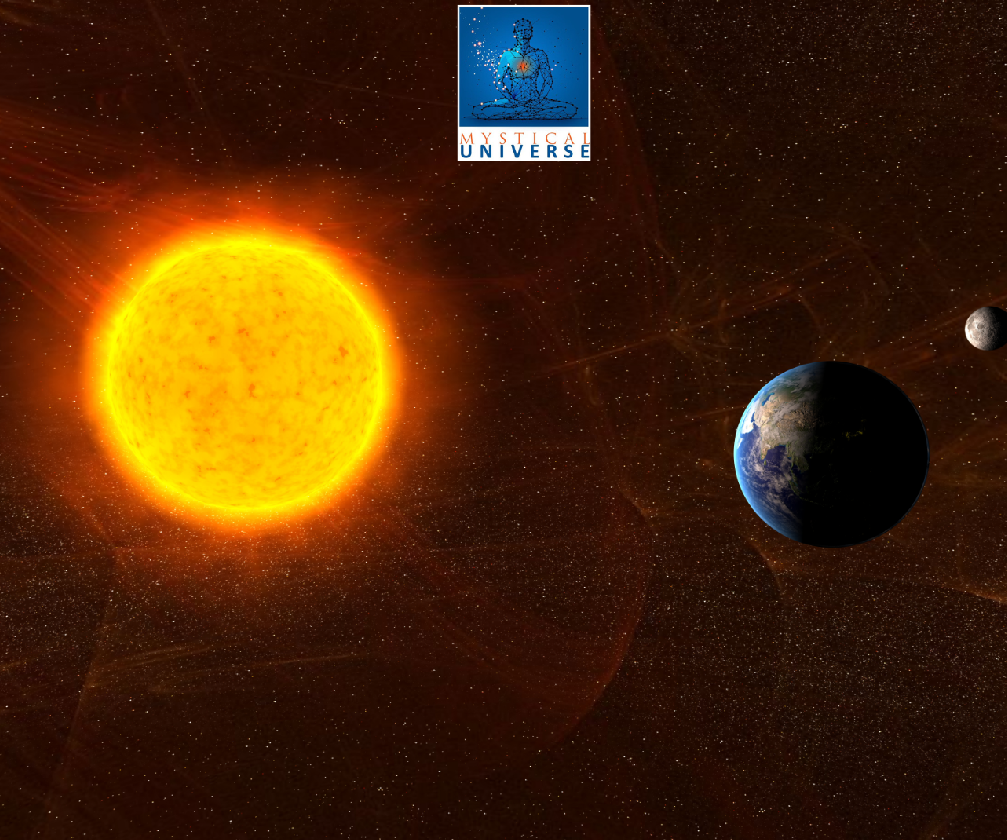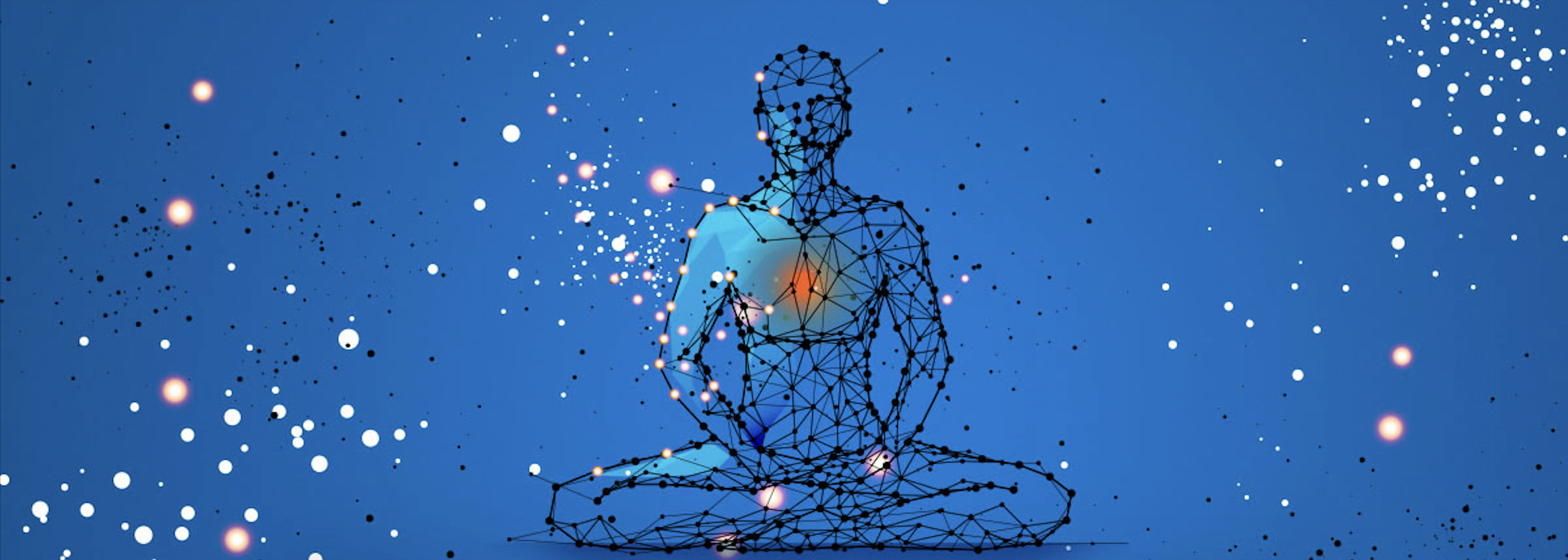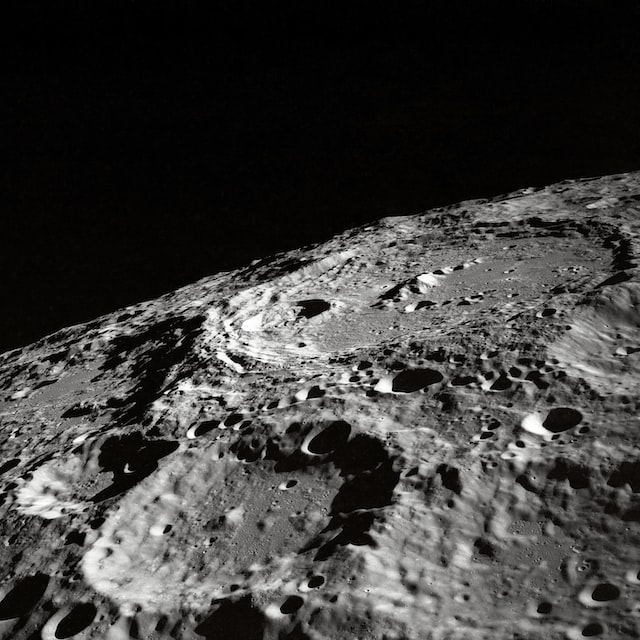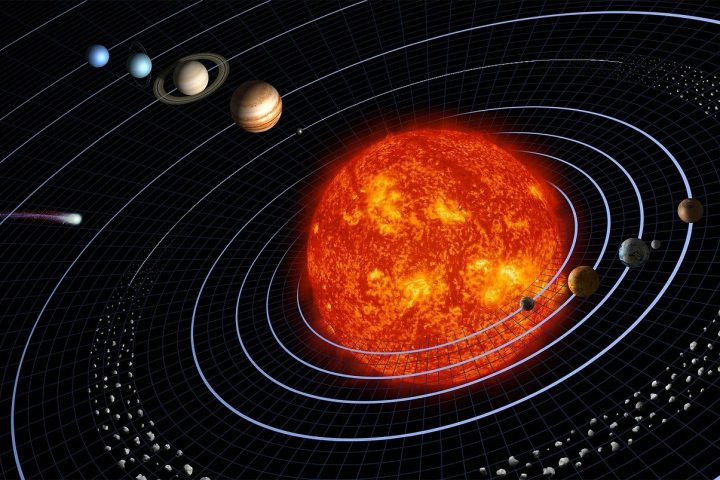The Moon I see is the Moon you see too and so did the people who lived centuries ago. But, do you know that we always see the same side of the Moon, called the near side? No matter which part of the world you live in, you will see the same side of the Moon. Many scientists and astrophysicists have always been curious about the other side of the Moon, also called the far side of the Moon. What is there and what could be there, are the few questions that have kept many people wondering for years.
But before we dig deep into this, let us first understand why can’t we see the far side.
Why Can’t We See the Far Side of the Moon?
The time Moon takes to rotate on its axis is the same as it takes to orbit our planet. This means the time taken to complete the rotation is the same as it takes to complete one revolution around the Earth. During this process, the near side of the Moon faces the Earth.
It leaves the far side of the Moon invisible to us. This phenomenon is known as Tidal locking.
Each side of the Moon (near and far) is dark for fourteen days as different parts of the Moon receive Sunlight at different times in the month.
Let us try to make it a little easy for you to understand. Refer to the below picture to get a clear understanding of how the Moon’s rotation and revolution work.
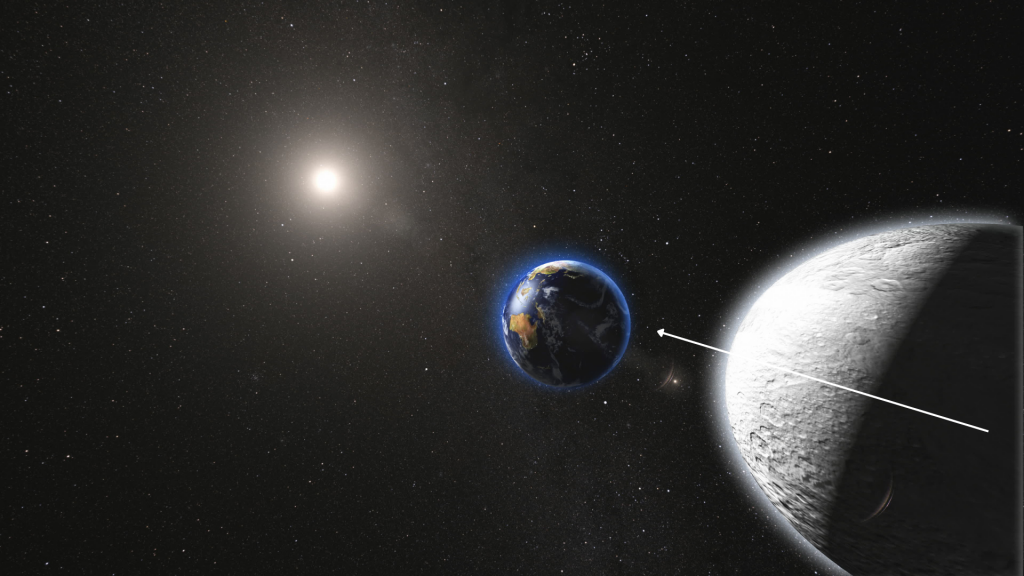
In the above picture, we can see the side of the Moon facing the Earth is the same throughout the revolution. The arrow points out the near side of the Moon.
However, due to the lunar liberation, we can see a bit more of the Moon as compared to normal sightings. During this, an observer from the Earth can see around 59% of the Moon.
But, why does this happen?
The Moon is locked to our planet because of the gravitational pull from the Earth, it enables the Moon to move in the counterclockwise direction; hence, we see its same and familiar side all year long.
While orbiting the Earth, there is a change in the orbital speed of the Moon, loosely translated there is a variation in its speed.
Apart from this during the revolution, there are two points when the Moon is closest and furthest to the Earth. When it is closest to our planet its speed is highest and when it is furthest, its speed is lowest.
This phenomenon allows observers to take a sneak peek into the eastern and western sides of the Moon.
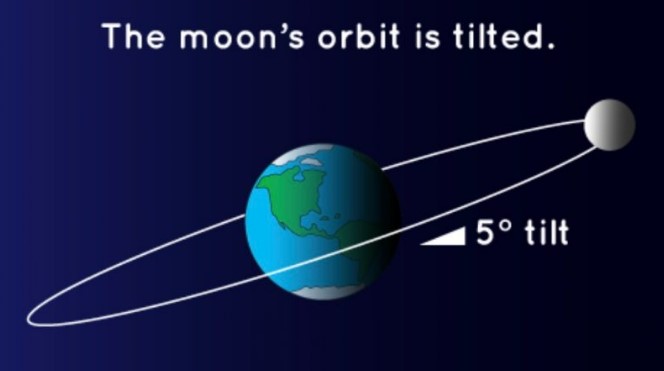
Liberation is the result of the Moon’s slight change in direction from north to south and east to west. It is because the orbit of the Moon is leaning toward the Earth by 5 degrees. Hence, allowing us to see the Northern and Southern edges of the Moon.
However, it is important to note that we can’t see these edges completely, what we see is just a minute picture of the hidden side.
This process doesn’t occur daily, hence, in order to capture such unique moments; astrophotographers keep a record of the phases of the Moon.
Now, let us move to another interesting finding – the far side of the Moon.
Interesting fact: Do you know the Moon is considered as Yin and Sun is considered as Yang? To know more about Yin and Yang theory see this article.
What is on the Far Side of the Moon?
Over the years, people have labeled the far side of the Moon as the darkest region – the area we can’t see with our naked eye. But, this isn’t correct, the far side of the Moon is not dark, and this is nothing but a misconception about the other side of the Moon.
The Moon is revolving around the Earth and both are orbiting around the Sun, hence this is just a mere illusion of perception that the far side appears to be dark always.
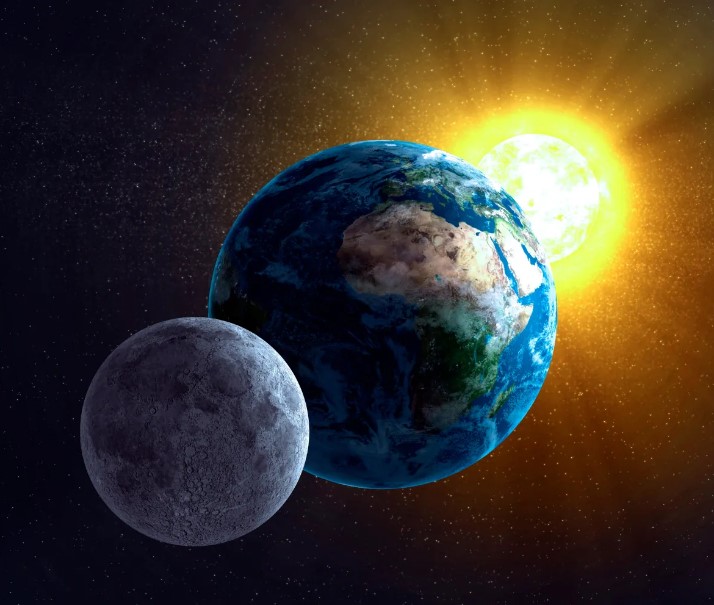
There are different phases of the Moon that we all witness every month. Sometimes the Moon looks crescent, sometimes full whereas the other we can’t see the Moon. The sky looks black and dark because of the absence of the Moon, this is called the New Moon.
If we observe the new Moon here on Earth, the far side witnesses the opposite of it i.e. the full Moon.
The far side of the Moon was first photographed by the Soviet’s Luna 3 mission in October 1959. Ever since then, countries like the United States and China have explored this mysterious area of the Moon.
The Apollo 8 astronauts reached the far side of the Moon on 22 December 1968 and captured pictures of this peculiar satellite along with the Earth.
Over the years, scientists have been able to collect data about the far side of the Moon, thanks to various Moon expeditions taken by many countries.
The far side is home to many impact craters, maria, and mountains. It has one of the largest basins in the solar system which is located at the South Pole, called the South Pole- Aitken Basin.
Let’s Have a Look at Them –
Impact Crater
Impact craters are also called lunar craters. These are formed by the asteroid or comet impacting the surface of the Moon. Grove K. Gilbert the geologist who worked with the US Geological Survey proposed in the 1890s that the craters formed on the Moon were the result of the impacts.
The impacts are generally circular in shape. The impact craters are even formed because of the spacecraft landing on the Moon.
Lunar Maria
The Lunar maria is formed by the asteroid’s impacts. These are large and dark plains on the far side of the Moon. These asteroid impacts triggered the volcanic eruption on the near side of the Moon. The large basins got the Latin name Maria as it translates to seas, as earlier astronomers thought them to be the actual seas.
South Pole – Aitken basin is the largest, biggest, and deepest on the Moon. Its diameter is around 2500 km and is around 6 to 8 km deep.
It was not explored by humans until a Chinese spacecraft named Chang’e 4, landed in the basin on 3 January 2019. Scientists had reported the sighting of a large mass inside the crater within Basin.
Interesting Facts About the Moon
- The Chinese Mid-Autumn festival is also called the Moon festival
- The last man to walk on the Moon was the astronaut Gene Cernan in 1972.
- The Moon craters are named after deceased scientists, scholars, explorers, artists, and astronauts.
- Both Sun and Moon look similar in size but in reality, the Moon is 400 times smaller than the Sun. It is because of the distance between the Earth and the Moon is much lesser that the Moon looks the same size as the Sun.
- The Moon also faces quakes called Moonquakes because of the Earth’s gravitational pull.
- The diameter of the Moon is the same as the distance between New York City and Phoenix.
- It takes around 28 days for the Moon to complete one revolution around the Earth.
- There is a variation in the temperature of the Moon, when the Sun lights its surface, the temperature goes up to 127 degree Celsius and when it goes down, the temperature falls down to -153 degrees Celsius.
- Scientists aren’t hundred percent sure as to how the Moon was formed. There are various theories given on Moon formation. However, the most prominently accepted one is that around 4.5 billion years ago, a rock named Theia collided with the Earth. The debris which was released from the collision formed our satellite Moon.
Conclusion
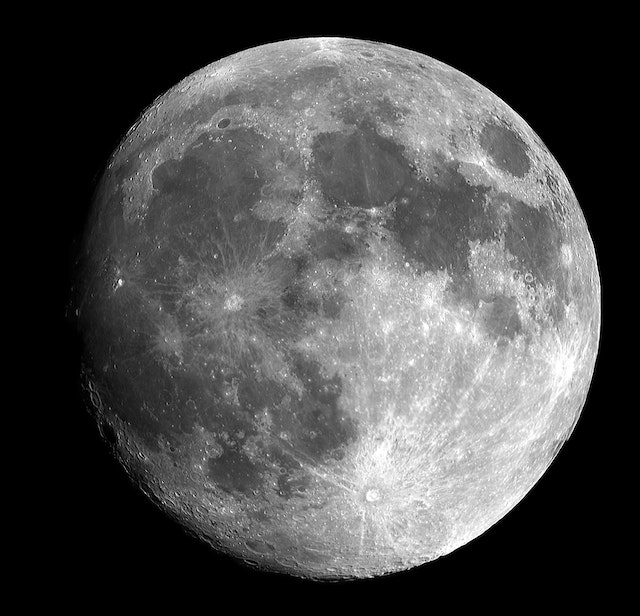
For ages, we were living under the illusion that the Moon we see is the only brighter area. But, as we have found out about the far side of the Moon, we now know it is not the darkest region, it also illuminates light when exposed to the Sun.
It depends on the revolution and rotation of the Moon.
The Moon has always been a mystery that various scientists and astrophysicists have tried to solve over decades. Many countries have undertaken various missions to reach the Moon and make groundbreaking discoveries.
However, only a few were able to succeed. No matter, which country makes its mark on the Moon, the discoveries made always benefit the whole of human civilization.
We are still looking for life on the Moon, yet, whatever we have discovered so far has helped us in understanding the relationship between the Moon and the Earth.
This also opens many doors to possibilities such as whether life is possible on the Moon or not or why the Moon is the way it is now.
We hope you enjoyed reading this piece. This article was focused on the far side of the Moon, maybe in future we will also cover the near side of the Moon – the side we are all so fond of.
